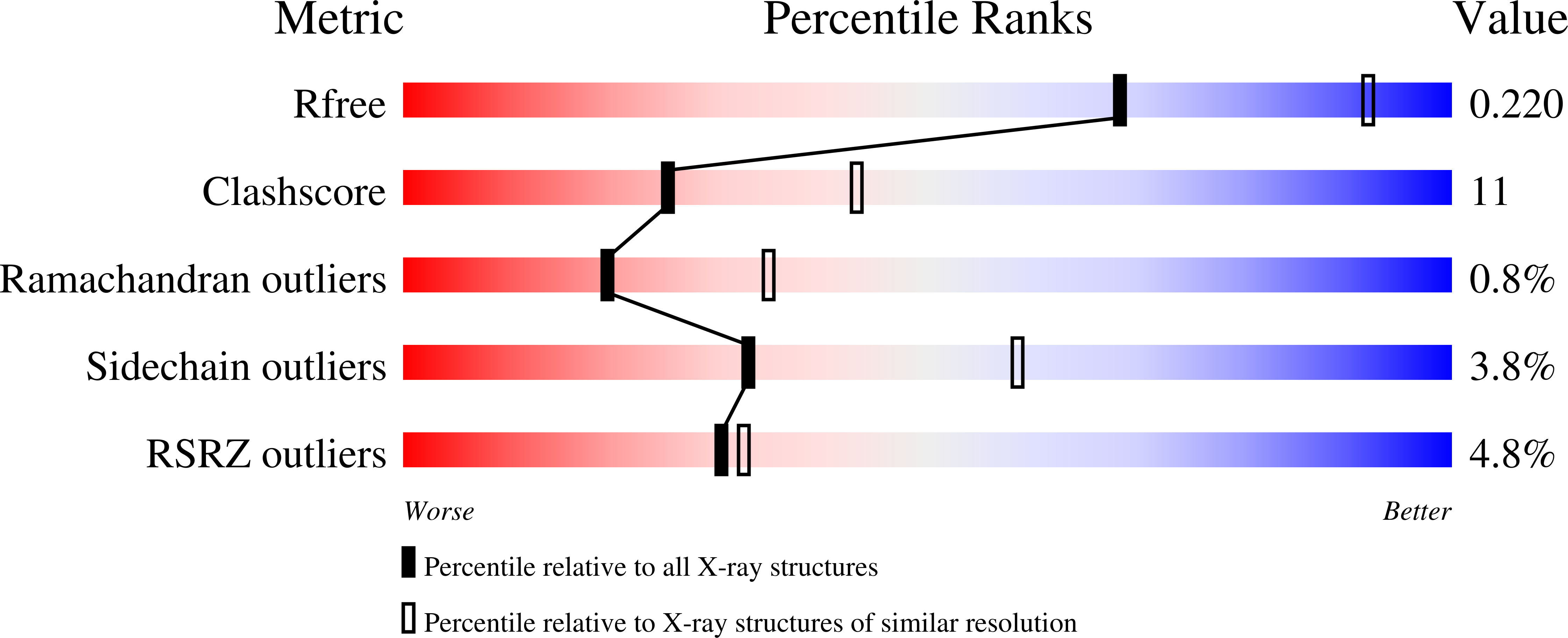
Deposition Date
2021-07-21
Release Date
2021-10-20
Last Version Date
2024-01-31
Entry Detail
PDB ID:
7P8E
Keywords:
Title:
Crystal structure of the Receiver domain of M. truncatula cytokinin receptor MtCRE1
Biological Source:
Source Organism:
Medicago truncatula (Taxon ID: 3880)
Host Organism:
Method Details:
Experimental Method:
Resolution:
2.50 Å
R-Value Free:
0.22
R-Value Work:
0.17
R-Value Observed:
0.17
Space Group:
P 31 2 1


